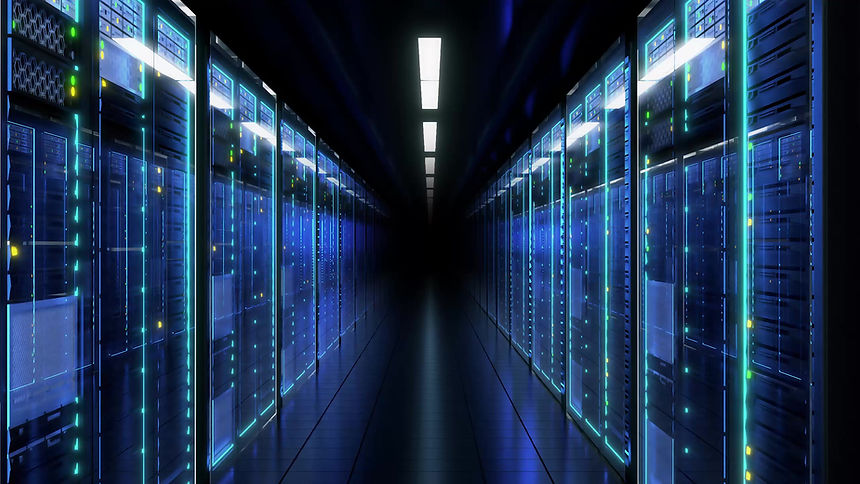Cognitive K.i. Empowering AI Solutions for Professionals in Diverse Fields

Autoencoders
An autoencoder is a type of neural network that learns to reconstruct its input. It does this by first compressing the input into a lower-dimensional representation (the "encoding"), and then reconstructing the original input from this compressed representation. This process allows autoencoders to learn efficient representations of data and can be used for tasks like dimensionality reduction, data compression, and anomaly detection.
Autoencoders
k.i. - Autoencoders
Autoencoders are a specific type of artificial neural network primarily utilized for unsupervised learning. They are designed to learn efficient data representations, typically for dimensionality reduction, feature extraction, or noise reduction. The foundational architecture of an autoencoder consists of two main components: the encoder and the decoder, which together allow for the effective transformation and reconstruction of input data.
The encoder is responsible for compressing the input data into a lower-dimensional representation, known as the latent space or bottleneck. This phase captures the essential features of the input while discarding irrelevant information. The encoder typically uses a series of neural network layers that progressively reduce the dimensionality of the input. Activation functions such as ReLU (Rectified Linear Unit) are commonly employed in these layers to introduce non-linearity into the model.
Once the data has been encoded into this latent representation, the decoder reconstructs the original input from this compressed format. The decoder consists of another set of layers that progressively increase the dimensionality of the latent representation back to the original data format. This process mirrors the encoder and maintains a symbiotic relationship, as the reconstruction's effectiveness hinges on the encoding's quality.
An autoencoder is trained by minimizing the reconstruction error, which is the difference between the network's input and output. Common loss functions employed include Mean Squared Error (MSE) for continuous data or binary cross-entropy for binary data. Through backpropagation, the model adjusts its weights to reduce this error iteratively, ultimately resulting in an autoencoder proficiently capturing the data's essential features while minimizing noise and redundancy.
One of the significant advantages of autoencoders is their ability to generalize well to new data, given that they learn from the inherent structure of the training data without requiring labeled examples. They have versatile applications across various domains, such as image denoising, anomaly detection, and dimensionality reduction for visualization purposes. Additionally, variations of standard autoencoders exist, including convolutional autoencoders and variational autoencoders, which further extend their applicability to structured data and generative tasks.



